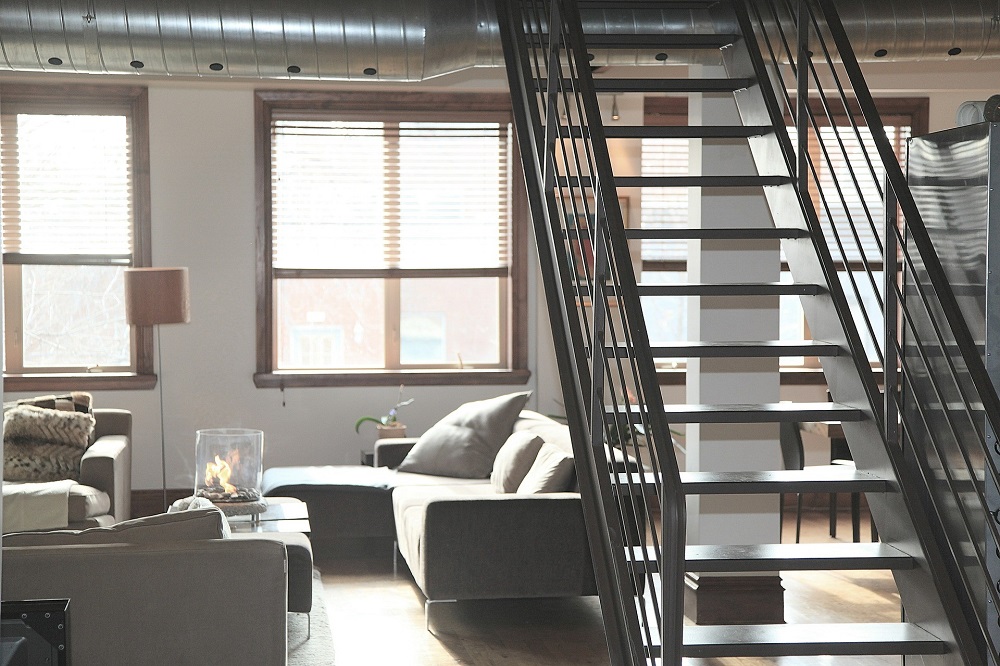
Modern homes are renowned for featuring stunning abstract furniture and unique materials. Artist and designers are utilising these materials and combining them with innovative designs to produce products which can be used in the home. Below you will find examples of alternative furniture and materials which are becoming increasingly popular for those seeking a uniquely modern home:
Wood alternatives
Wood has been a material used for making furniture for hundreds and hundreds of years. It’s a great material, but it does have some disadvantages. The most obvious problem with using wood is the fact that trees have to be cut down to acquire it. Yes, it’s possible to use recycled and reclaimed wood, but a large amount of wood used for furniture, particularly high-end furniture, is not necessarily sustainable.
However, there are alternatives which can be used to make furniture. Hemp is one of the ‘trendiest’ materials available right now, and it has been shown to produce incredibly strong fibreboards, in some cases even stronger than wood. Hemp fibreboards could easily become more common in place of wood fibreboards in the manufacturing of furniture.
Another traditional use for wood has been making flooring. While there are many flooring options available, a natural and attractive alternative is bamboo. While often referred to as a ‘wood’, it’s actually a grass. Bamboo is, in theory, more environmentally friendly than using wood, but there are issues with large amounts of bamboo being harvested and damaging natural rainforests, along with the energy needed to produce floorboards from the grass. Bamboo, therefore, may not be the most viable wood alternative.
Industrial materials
The industrial style has become very popular in modern homes, and it is also being used in furniture design. A great example of this is the use of concrete. Concrete, particularly when polished, produces a beautifully smooth and shiny surface, which makes it perfect in minimalist style homes. It can also be used to create furniture, and a fantastic example of this is the work done by American designer Neal Aronowitz. Using a concrete filled fabric called Concrete Canvas, Aronowitz was able to create a stunning table which expressed a fluid style. The table was made by hydrating the Concrete Canvas fabric, more commonly used in civil engineering projects such as channel lining, and allowing it to set in a wooden mould to create the shape. The table even went on to win the 2017 Azure Magazine People’s Choice Award for Furniture and Lighting.

3D printing
Increasing in popularity significantly over the last five years, 3D printing is having an impact on all areas of life, and many predict its usage to increase over the coming years. 3D printing is making its way into furniture and interior design as well. The technology has been used to create everyday items such as lampshades but in stunningly intricate designs. Furthermore, Austrian brand Mafi, use 3D printing to fill in cracks in wooden floors with bursts of colour. Using this technology could allow people to use older reclaimed wood for their flooring, with cracks filled in using 3D printing as a unique feature.
Overall clear advancements are being made in the materials used to make furniture as well as the those used throughout our homes. While some of these innovative materials may still only be used in the most modern and high-end homes, over time, they will become more commonplace and accessible to all.
Featured post
© Copyright 2019 Antonia, All rights Reserved. Written For: Tidylife


Leave a Reply